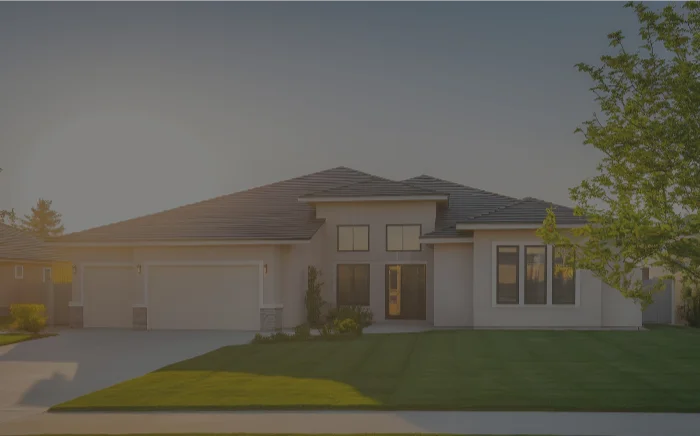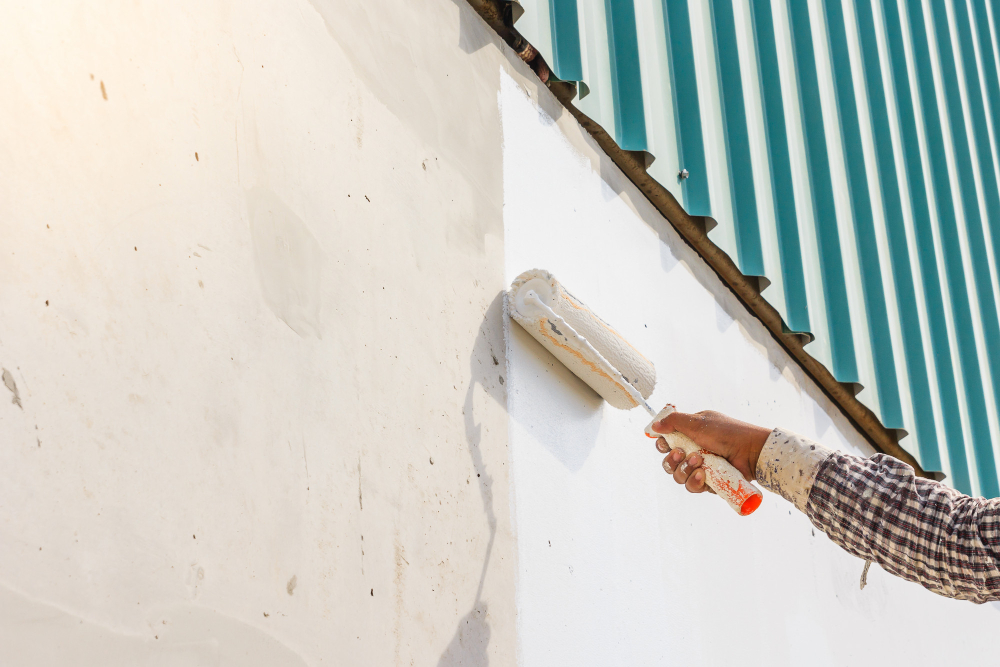

Your home's exterior color is the first impression visitors and passersby get of your property. The right color combination can boost curb appeal, increase property value, and reflect your personal style. However, with thousands of color options available, selecting the perfect palette can feel overwhelming.
The exterior color you choose will impact your home's appearance for years to come. Unlike interior paint that you might change every few years, exterior paint is a longer-term commitment due to the time, effort, and expense involved in repainting. Making the right choice from the start saves money and ensures your home looks stunning for years ahead.
This guide will walk you through the key factors to consider when selecting exterior colors, from architectural style and neighborhood context to practical considerations like climate and maintenance. Whether you're building a new home or refreshing your current one, these insights will help you make confident color decisions.
Different architectural styles lend themselves to specific color palettes. Colonial homes look elegant in classic combinations like white with black shutters or cream with navy blue accents. Victorian houses can handle more elaborate color schemes with multiple hues highlighting their ornate details.
Ranch-style homes work well with earth tones and natural colors that complement their horizontal lines and connection to the landscape. Mediterranean-style houses shine in warm colors like terracotta, ochre, and soft yellows that reflect their Spanish and Italian influences.
Modern and contemporary homes often look best in neutral palettes—whites, grays, and blacks—that emphasize clean lines and minimalist design. However, these styles can also accommodate bold accent colors on doors or trim for visual interest.
Your home doesn't exist in isolation. Consider the colors of neighboring houses to ensure your choice complements rather than clashes with the overall streetscape. While you don't need to match exactly, selecting colors that harmonize with nearby homes creates a cohesive neighborhood appearance.
Take note of natural elements surrounding your property. Homes nestled among oak trees might benefit from colors that complement the brown bark and green foliage. Properties near water often look stunning in blues and greens that echo the natural setting.
The landscape design around your home also influences color choices. If you have established gardens with specific color schemes, choose exterior colors that enhance rather than compete with your plantings.
Living in Apopka, FL means dealing with intense sun, high humidity, and frequent rain. These conditions affect both color appearance and paint longevity. Light colors reflect heat and stay cooler, making them practical choices for Florida homes. They also tend to fade less noticeably in strong sunlight.
Dark colors absorb heat, which can make your home's interior warmer and potentially cause paint to deteriorate faster. If you prefer darker colors, consider using them as accents rather than for the main body of the house.
Humidity and moisture can cause certain paint types to develop mold or mildew. Choose high-quality exterior paints formulated for humid climates, and consider colors that help camouflage any potential issues.
A successful exterior color scheme typically includes three elements: the main body color, trim color, and accent color. The body color covers the largest surface area and sets the overall tone. Trim colors highlight architectural features like window frames, doors, and molding. Accent colors add personality through elements like front doors, shutters, or decorative details.
Start with your main color and work outward. Choose a trim color that provides enough contrast to define architectural elements without being jarring. White and cream are classic trim choices that work with most body colors. For accent colors, you can be more adventurous—a bold front door color can add personality without overwhelming the overall design.
Test your color combinations in different lighting conditions. Colors can look dramatically different in morning light versus afternoon sun or under streetlights at night.
Never choose exterior colors based solely on small paint chips or computer screens. Purchase sample-sized paint containers and apply large swatches to different sides of your house. Observe these samples at various times of day and in different weather conditions for at least a week.
Paint samples on poster board or foam core that you can move around your property. This allows you to see how colors look against different backgrounds—your roof, landscaping, and neighboring homes.
Consider the undertones in your chosen colors. Beiges might have pink, yellow, or green undertones that become more apparent in certain lighting. Grays can lean toward blue, purple, or green. Understanding these undertones helps you select colors that work harmoniously together.
Exterior paint is a significant investment, so choose colors you'll love for years. Trendy colors might look dated quickly, while classic combinations tend to have staying power. Neutral colors also offer more flexibility if you want to change accent colors later through landscaping, outdoor furniture, or seasonal decorations.
Consider how your color choices might affect resale value. While personal preference is important, extremely bold or unusual color combinations might limit your home's appeal to future buyers. If you love adventurous colors, consider using them in easily changeable elements like front doors or garden structures.
Once you've selected your perfect colors, proper application is crucial for achieving the desired result. Quality exterior painting requires specific techniques, high-grade materials, and knowledge of surface preparation methods that ensure lasting results.
Professional exterior painters understand how different paint types perform in Florida's climate. They know which primers work best for different surfaces and can identify potential issues before they become problems. Proper preparation—cleaning, scraping, priming, and caulking—makes the difference between paint that lasts three years and paint that looks great for a decade or more.
Choosing the right exterior colors for your home requires balancing personal preference with practical considerations. By considering your home's architecture, surroundings, and local climate conditions, you can select colors that enhance your property's beauty and stand the test of time.
Remember that color selection is just the first step. The quality of paint and application determines how your chosen colors will look and how long they'll last. Professional exterior painters bring expertise in color consultation, surface preparation, and application techniques that ensure your investment pays off in both appearance and durability.
If you're looking for exterior painters in Apopka, FL, contact Rusty's Painting today for free estimates. Our experienced team can help you navigate color choices and deliver professional results that make your home the envy of the neighborhood.